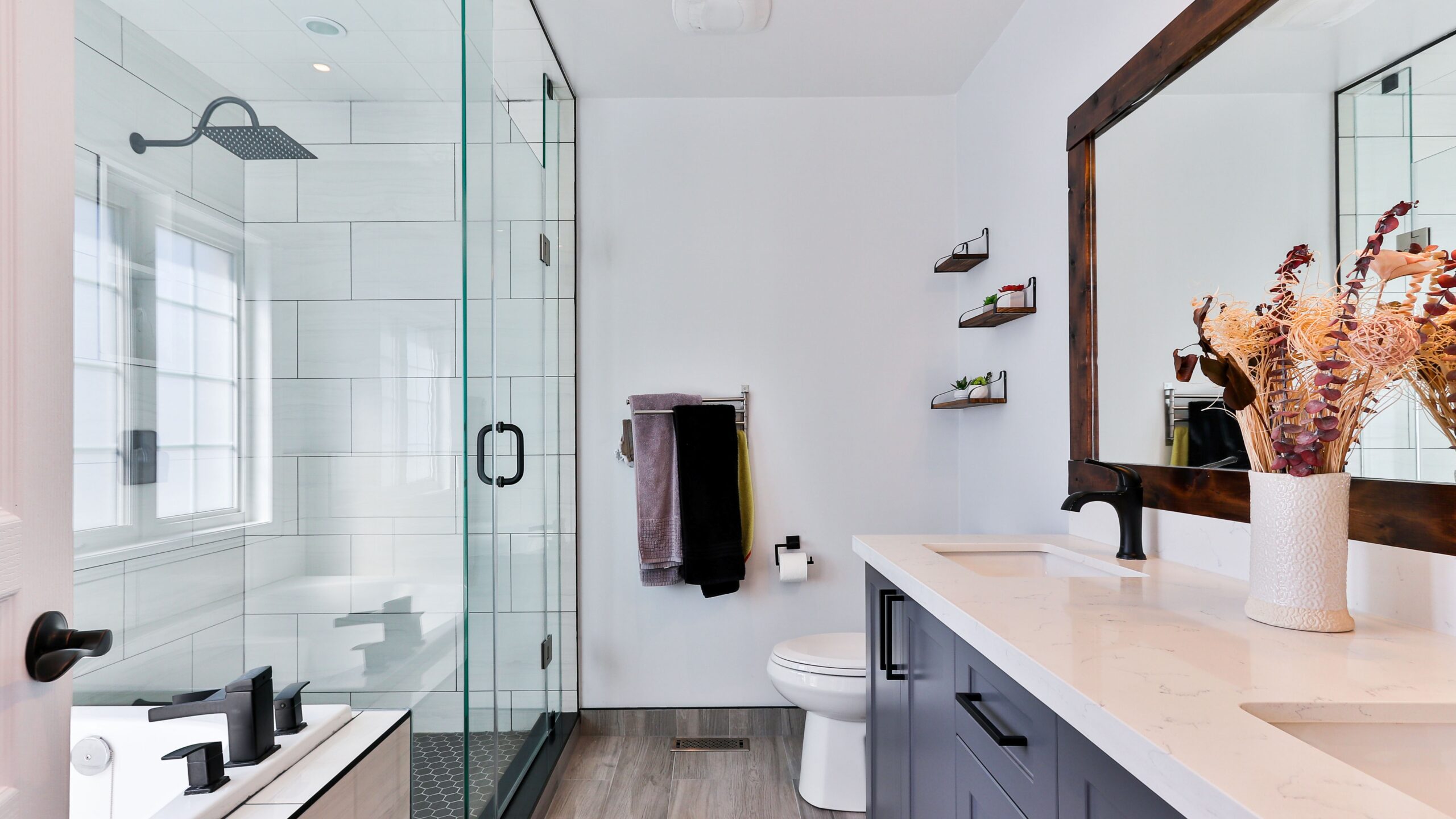Bathrooms are a notoriously unsustainable place, especially in terms of the many water consuming features within them. While saving water isn’t an immediate concern everywhere, it’s still important to be conscious of the water you’re using and even better if you can reduce it. For those living in drought stricken areas, every drop matters. Keep reading for some tips and ideas for how to save water in your bathroom.
Install a low flow toilet
If you have a toilet that uses more than 1.6 gallons of water per flush, you should consider switching to a low flow model if you have the opportunity. Low-flow toilets have a maximum of 1.6 gallons per flush according to American federal plumbing standards, with some high efficiency models using only 1.28 gallons per flush or less. According to the US EPA, toilets are by far the main source of water use in homes and account for nearly 30% of an average home’s indoor water consumption. Toilets with the WaterSense label have met the strict criteria from the EPA for performance and efficiency and can reduce water usage from toilets in a home by 20 to 60 percent, saving around $2,900 over the lifetime of the toilet. The EPA also points out that many household water leaks come from old or worn-out toilet flappers (a valve seal) which is easily fixed.
Turn off the sink when you brush your teeth and wash your face and install a low flow faucet
This is an incredibly easy habit to start that will save you thousands of gallons of water a year. Simply turn the water off after wetting your toothbrush and then turn it back on when you rinse it off. If you rinse your mouth out with water, use a reusable cup instead of your hands, which are very inefficient (and can also have plenty of germs on them). This same logic applies when washing your face at the sink. Turn the water on to wet a washcloth and wet your face, then turn it off while you apply your facial soap, and then back on when you rinse it off. WaterSense labeled sink faucets and accessories (such as an aerator) use a maximum of 1.5 gallons of water per minute instead of the standard flow of 2.2 gpm without sacrificing performance. According to the EPA, replacing older and inefficient faucets and aerators with WaterSense ones can save the average family 700 gallons of water every year.
Take shorter showers and use a lower flow rate showerhead
According to a national study by the Water Research foundation in 2016, the average American shower uses around 17 gallons of water and lasts about eight minutes. It may be obvious, but it’s worth stating that the shorter the shower you take, the less water you will use. Additionally, did you know that different showerheads have different flow rates? By the mid-1990s, the federal government required new showerheads to use no more than 2.5 gallons per minute, down from 5 gpm average. Today, the most efficient showerheads use only 1.5 gpm. Installing a more efficient showerhead can keep your shower time the same, while using much less water.
Keep low flow toilets, faucets, and shower heads in mind if you have the opportunity to replace any older and more inefficient models in your bathroom. They’ll save you plenty of water (and money!) in the long run.
Written by Sarah Woodams ‘24(T5)
Photo by Sidekix Media on Unsplash


Water scarcity is a serious issue, and it is even suggested that reducing shower time by a few minutes can make a significant difference in its conservation. It was a good article; thank you.